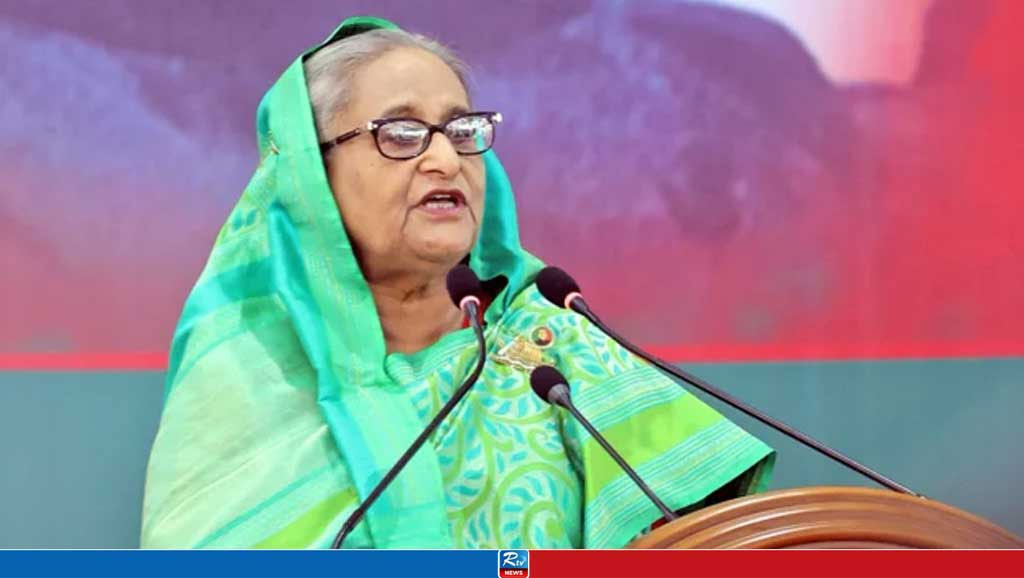Why India needs a Green Deal

With super cyclones like Amphan in the east or Tauktae in the south, severe droughts in Maharashtra, incessant rains, and flooding in Chennai or Uttarakhand, and Delhi on a complete lockdown earlier because you couldn’t see or breathe, threats from climate change (and pollution at the local level) for India are not in the distant future. We are right in the middle of it. To make matters worse, we are dealing with an unprecedented economic crisis, partly pandemic-induced and partly pre-pandemic.
Given the magnitude and severity of the crisis, we need to think out of the box. Minor tweaks won’t work anymore. What is required is to rethink the model of development itself, to chalk out a just, inclusive, and sustainable path. A start can be made in the upcoming budget.
The Indian government had promised 10 per cent of the GDP as Aatmanirbhar (self-reliant) package for Covid recovery. We believe if this amount is spent judiciously on what we call an Indian Green Deal (IGD), India can come out on top of the crisis and stay ahead of the climate change curve.
We put forth a proposal, which can form the blueprint of a policy required for India to achieve the net zero target by 2070, as per the commitment made at COP26 in Glasgow. We pick a few sectors of the Indian economy, some of which currently have a high carbon footprint, and propose a 10-year plan to fundamentally alter this impact even as they generate jobs.
The overall plan has three categories: Infrastructure development, care economy, and a green energy programme. The promised 10 per cent of the GDP should be split into three parts — 5 per cent for infrastructure development, especially rural infrastructure; 3 per cent for the care economy; and the remaining 2 per cent for green energy.
It helps that the employment generating capacity of these sectors is quite high. Our calculations, based on the PLFS May 2019 report on employment, tell us that not only does the IGD absorb those who are currently unemployed, it also generates extra jobs, which can certainly absorb a significant section of disguised unemployment. To contrast the IGD with a business-as-usual scenario, let us say, if the amount committed to green energy in IGD were spent on the fossil fuel sector, it would have generated only 2.4 million jobs instead of the 8 million it generates in our proposal. So, quite contrary to the common perception, the move to a green economy is a win-win proposition both on emissions (and pollution) and employment.
How would the deal impact emissions? The green energy programme would result in curbing India’s total carbon emissions by 0.8 gigatonnes by 2030 as compared to the projections based on the Stated Policies Scenario (STEP) by the International Energy Agency (IEA). Investment in this programme has two components — energy efficiency and clean renewable energy. India’s use of energy per unit of GDP (energy intensity) is substantially higher than the global average, which can be significantly reduced through the first component. As a result, India would save almost one-third of the energy it would have used in the absence of the programme.
The elephant in the room, though, is how will this 10 per cent of the GDP be financed, that too for 10 years. This is indeed a huge sum, especially for a developing country. There are two ways this can be financed — a global just transition package from the greatest emitters of the world, and a tax on the Indian elite. Both, quite justifiably, put the burden of adjustment on those whose lifestyles are primarily responsible for the climate crisis. If looked at globally, India’s carbon emissions stand at 3 per cent of the cumulative global emissions as compared to the US’s 25 per cent. A just way to address this gross inequality could be for those countries that have contributed (currently or cumulatively) more emissions than the global average pay for the energy transition of those who have contributed less. The extent of the payment would depend on where a country lies on the global scale of emissions. According to our calculations, such an international global carbon tax settlement process would yield an annual sum of around $270 billion for India, a little more than what is required for IGD.
If we look at this inequality nationally, the richest 10 per cent of Indians emit five times as much as the poorest. To hold the elite responsible, IGD can be made into a revenue-neutral policy where part of the expenditure is financed through an increase in taxes on luxury items, wealth and inheritance taxes, which are either low or non-existent in India. Another part can be financed by a carbon tax, which also addresses emissions but would be regressive, unlike the other taxes. To compensate for that, a carbon dividend — in the form of free electricity, public transport, and free rations — can be built into the policy proposal.
The Indian Green Deal will simultaneously solve two of the most pressing challenges of today — emissions and equity. The problem lies not in the realm of ideas but the political will to deliver on them.
(Words about authors: Azad teaches economics at JNU and Chakraborty is a research assistant professor at Political Economy Research Institute (PERI), University of Massachusetts, Amherst)
Source: The Indian Express
Comments

 Live Tv
Live Tv




